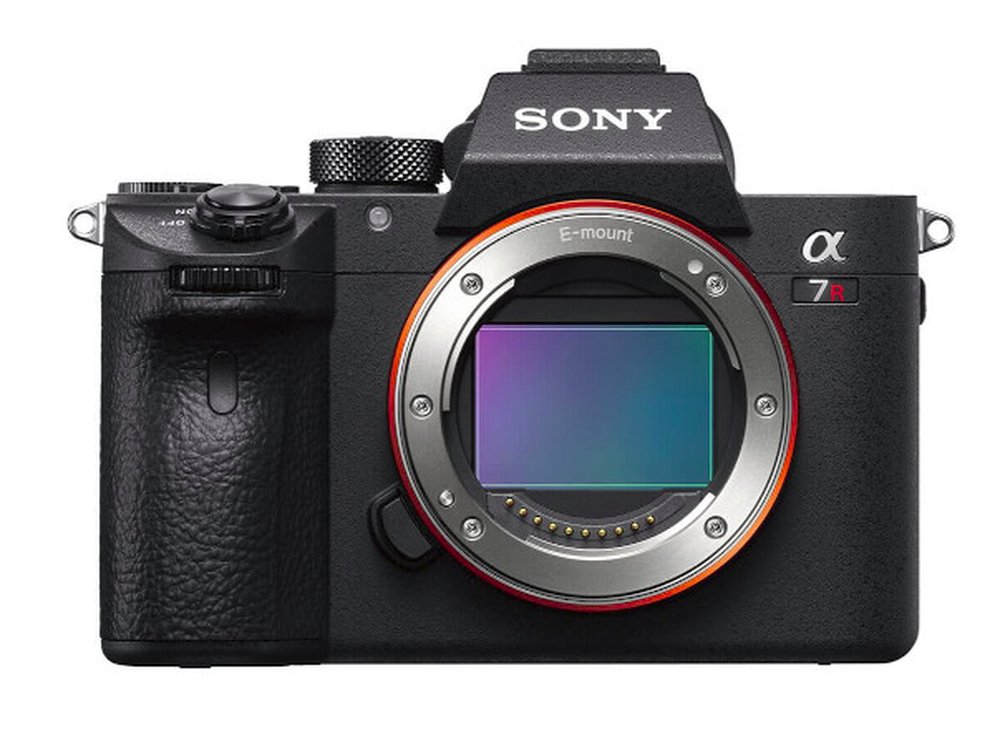Capturing the Andromeda Galaxy
~ by Navaneeth Unnikrishnan
PUBLISH DATE: Sept. 30, 2019


Gazing through the night
In this enormous universe, the celestial bodies which are light years away, radiate like diamond dust sprinkled across an endless violet seashore. I have spent nights staring at the stars, wondering how far they are and the many mysteries they hold. Fuelled by an ever-burning desire to discover the unknown and the passion for astrophotography led me to capture our dazzling neighbouring galaxy.
The Art of Astrophotography
Astrophotography is all about timing and light. A clear dark sky with no clouds is ideal for taking the perfect shot of outer space as it becomes easier to get the best contrast between the object and sky foreground. Light plays a vital role while capturing a distant object. Especially in this case, where I was aiming for the Milky Way’s closest galactic neighbour, the Andromeda galaxy. The galaxy being 2.5 million light-years away from earth, seeing and capturing the same in a frame was difficult as I needed to be extremely away from the pollution of the city lights. So for this photographic space expedition, I needed a large aperture super tele-photo lens with extraordinary speed and outstanding resolution and I had to look no further than the marvellous Sony FE 400 mm F2.8 G-Master lens.
The Lens, the labour and the ‘out of the world’ shot
Patience and persistence is the key to the perfect shot. Well, it can get quite tough in extreme weather conditions. And I experienced the same when I scaled 12,000ft to take this picture during the unpredictable snowy Himalayan winters. However, with a light weight of just 2.90 g, operation and handling was, really, not a problem with this 400 mm G-master lens. With amazing agility and sturdiness, it could withstand the extreme weathers.
The colossal distance made the use of 1.4x extender a prerequisite to capture the shot and I was amazed at the sharpness. Moreover, the in-built stabilization gave me the much-needed advantage to get ultra-sharp images when most of the clicks were on slow shutter speed.
I clicked the image at f/4 and the results that I have achieved, make me admire the low light capability of Sony devices more and more. Even at such aperture and low light conditions, I was able to get high-quality images. So, when it comes to reaching for the stars and beyond, the Sony FE 400 mm F2.8 lens will always be my best bet!

About Navaneeth Unnikrishnan
Navaneeth Unnikrishnan is an Indian Amateur Astronomer and Astro-Landscape photographer from Kerala. He represents various brands including Sony, Fstop Gear & Manfrotto. He started photography as a hobby using a basic Canon DSLR and later spec... Read more
Story Stats & Gear Used:
| Lens | e400mmf2.8gmoss |
| Exposure | f/4 |
| Model | ILCE-7RM3 |
| ISO | 1600 |
ILCE-7RM3
Sony Alpha 7R III Full-frame Mirrorless camera- Made for professionals.
SEL400F28GM
Premium G Master series large-aperture super telephoto lens.



